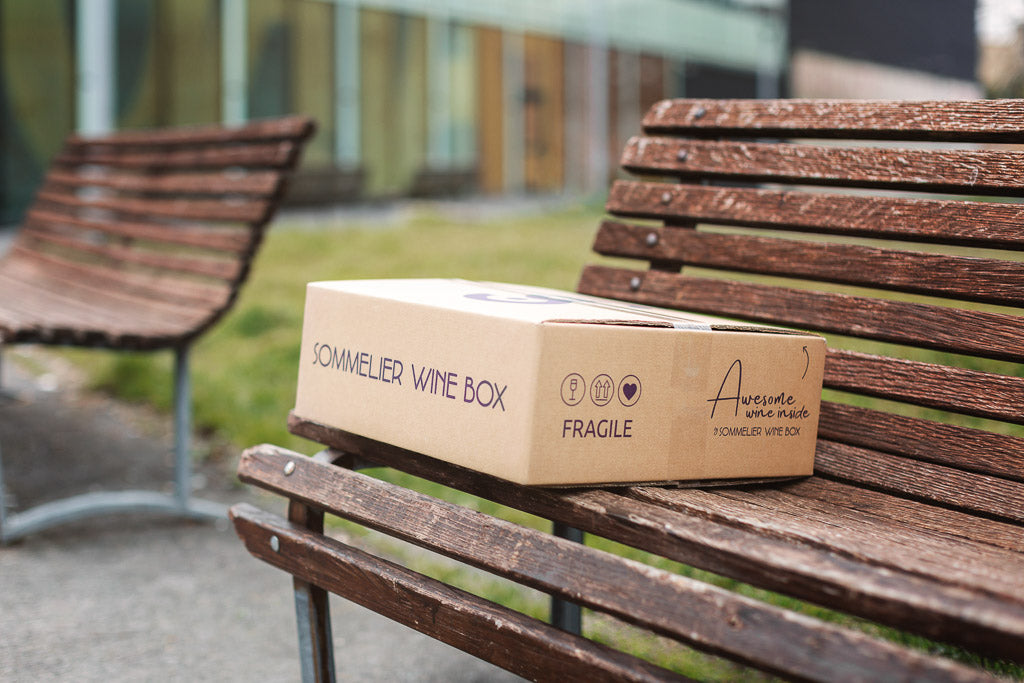There are enlightened vignerons who, instead of uprooting old vineyards, maintain them, revitalize them with great effort and make great wines from them. Are they crazy dreamers or is there something special in old plants that we then find in our glass?
Vieilles vignes, alte Reben, viñas viejas or old vines... to understand what "old vineyards" really mean, here are six questions and as many simple answers.
1. What exactly do we mean when we talk about "old vineyards"?
Usually, old vineyards are called those that are between 40/50 and 80 years old, but even older, so much so that the old vineyards par excellence are centenary ones. It must be said, however, that maintaining old vineyards is a rarity and often in Italy even vineyards that are just 20 years old are uprooted. And that's a real shame.
2. How is the life cycle of a vine classified?
For a period of 1 to 3 years the vine is unproductive ; until the fifth/seventh year productivity increases (the variables are determined by the type of vine); up to the twentieth/twenty-fifth the productivity is constant. From that moment on it decreases , in reaction to the variety, the training system and the way in which the vine has been cared for over the years. At that point, the risk is that it is no longer economically convenient to keep it, for purely quantitative reasons. While the reasons for quality, conservation of the territory and genetic heritage are opposite.
Once upon a time, however, when the vine was not grafted onto American vines (before the arrival of phylloxera), the life cycle of the plants was much longer, and could reach and exceed 100 years.
- Read also: what is phylloxera
3. What is different about old vineyards from newly planted ones?
Old vineyards can first of all preserve unique grape varieties. Furthermore, they know how to produce qualitatively more significant grapes because after many years their roots reach very deep , where they find constant water and nutrients: this is also why they know how to resist even in very adverse conditions. In fact, then, they are witnesses of the uniqueness of the terroir of which they have been part for a long time and of the production history of the company.
For Luigi Veronelli , the age of a vineyard becomes "transcendental" between twenty and forty years of life, imparting renewed quality into the grapes it produces.
4. And from the point of view of the grapes produced, what changes?
Old vines have very deep roots, they produce less and for this reason they produce superior quality grapes , rich in acidity. Furthermore, for the red berry there is a greater concentration of pigments (anthocyanins, flavones and flavonoids), while in the white berry grapes the berries tend to become smaller: therefore many more sugars and aromas. The wines are deep and structured , with great capacity to evolve over the years: these are wines even more intimately linked to the territory (it is no coincidence that our French cousins indicate this prerogative on the label, as an element of quality).
5. What consequences are there for those who cultivate old vines?
Generally, old vineyards are cultivated with ancient forms of cultivation, which are still not very mechanizable today, therefore they are difficult to raise.
6. How to safeguard the vine so that it can live for a long time?
The old vineyards constitute a great heritage, to be preserved. The condition under which old vineyards produce, and produce the long-awaited quality grapes, is their correct agronomic management . They are safeguarded above all with well-done pruning , which does not injure the plant and does not interrupt its lymphatic cycles.
We need competence and wisdom: qualities that we always look for in the cellars we select for our selections.




